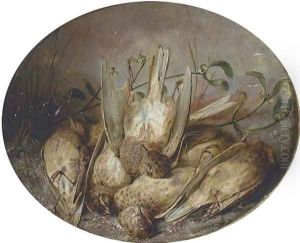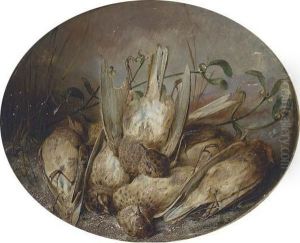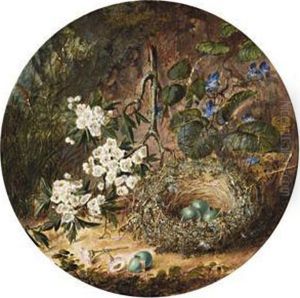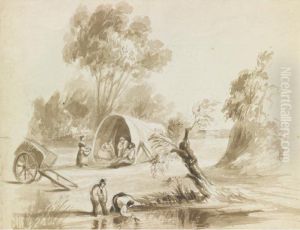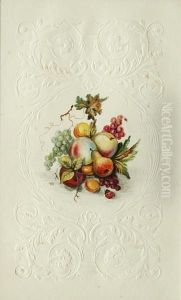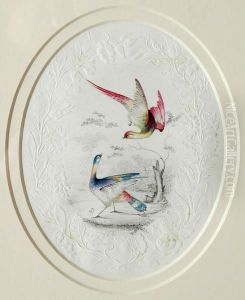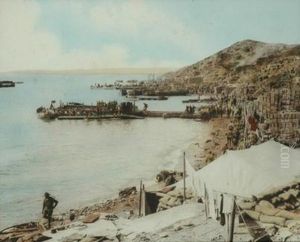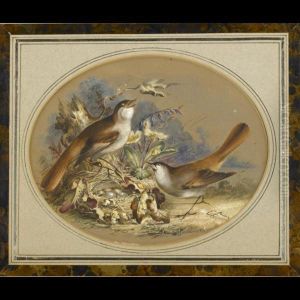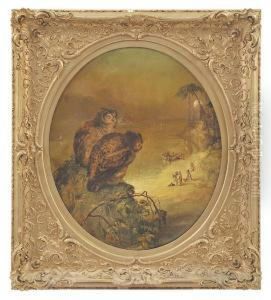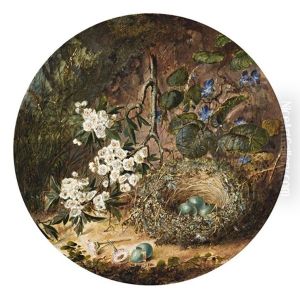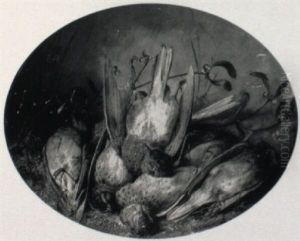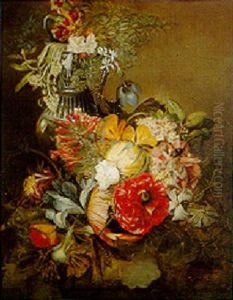William Dexter Paintings
William Dexter was an English-Australian artist known for his work as a botanical painter. He was born in Melbourne, England in 1818. Dexter’s artistic inclinations were evident from an early age, and he pursued his passion for art throughout his life.
In 1852, Dexter emigrated to Australia, attracted by the opportunities presented during the Victorian gold rush era. However, instead of seeking fortune through gold, Dexter found his niche in the burgeoning art scene of the Australian colonies. He settled in Melbourne, which was rapidly developing into a cultural hub.
Although Dexter is primarily remembered for his botanical illustrations, his artistic range also included landscape and genre painting. His work is characterized by a meticulous attention to detail, which was well-suited to the demands of botanical illustration. Dexter's illustrations often featured local Australian flora, contributing to a growing interest in the unique plant life of the continent during the colonial period.
Tragically, Dexter's life and career were cut short when he died in 1860. Despite his relatively brief career, his contributions to Australian art, especially in the field of botanical illustration, were significant. His works are a testament to the rich natural history of Australia and provide an important record of the flora during the mid-19th century. Dexter's legacy is preserved in his paintings, many of which are held in Australian public collections, including the State Library of Victoria and the National Gallery of Victoria.
